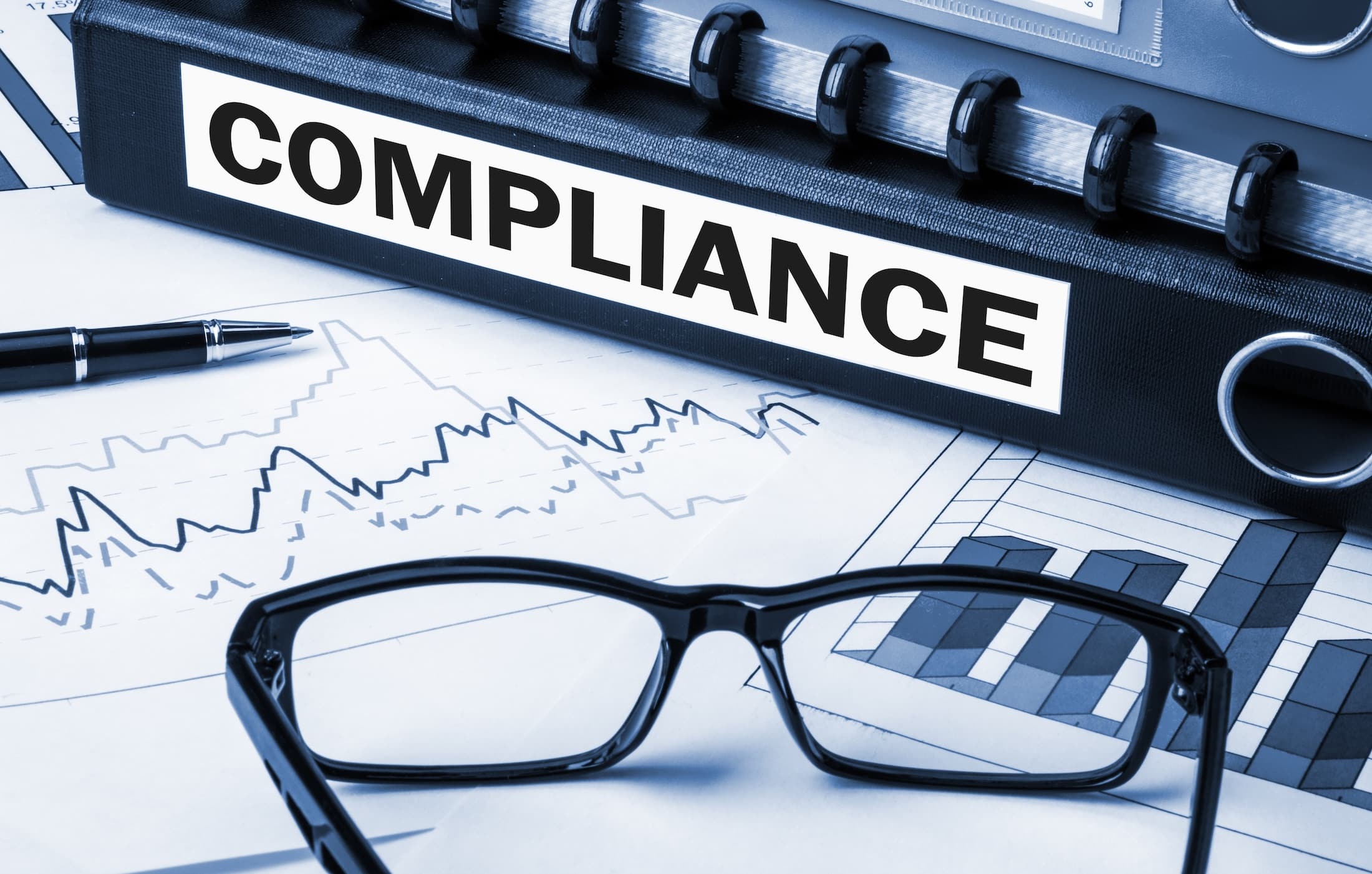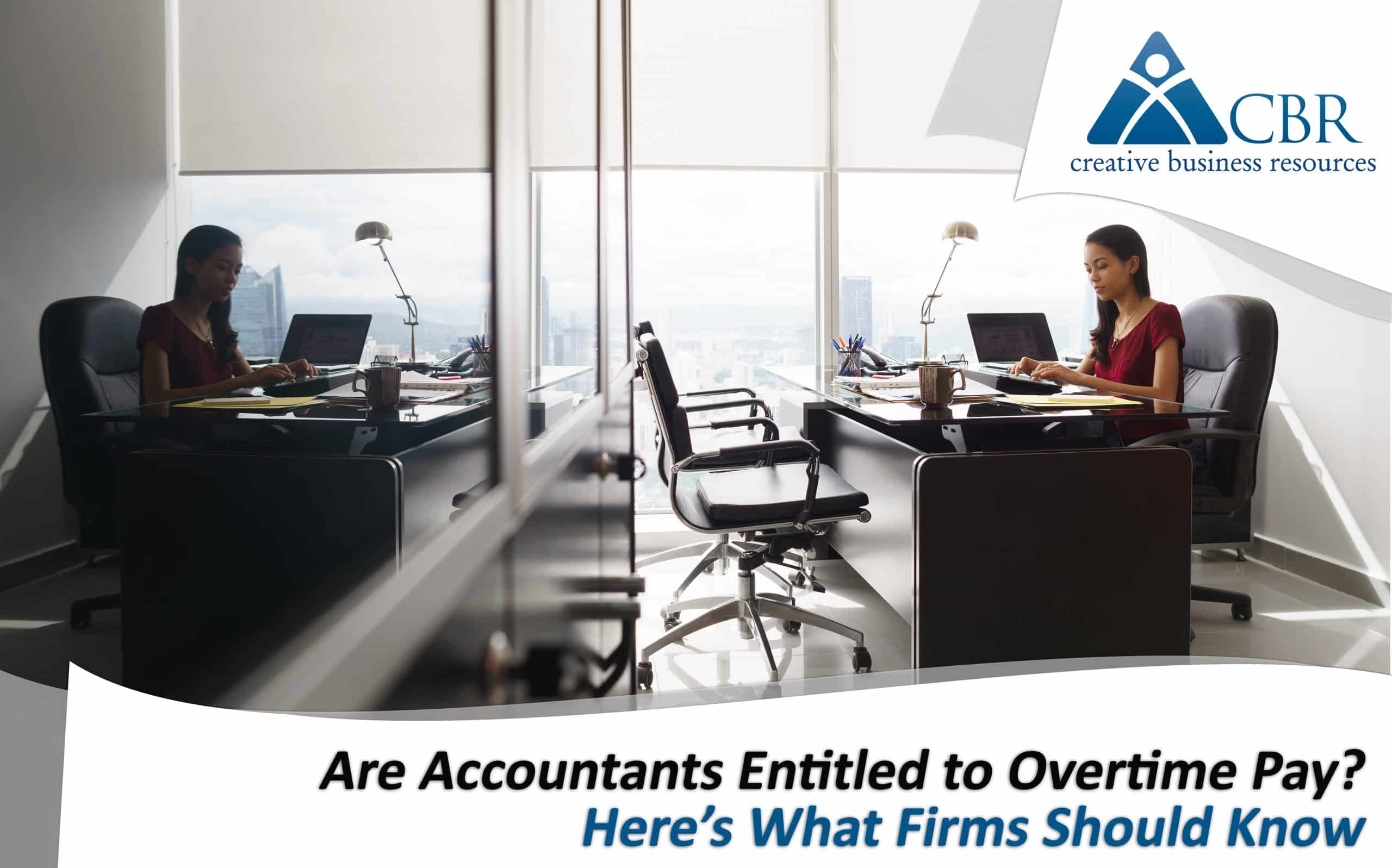 When insurance carriers calculate workers’ comp premiums, one of the variables that weighs heavily on the final amount is the experience modification factor, commonly known as the E-Mod. The E-Mod captures in numerical form a company’s accident and injury record as compared with the average for that company’s industry. Given its direct impact on workers’ comp costs, it is important that companies have a basic understanding of how E-Mods are calculated so that they may implement measures to manage their scores if necessary.
When insurance carriers calculate workers’ comp premiums, one of the variables that weighs heavily on the final amount is the experience modification factor, commonly known as the E-Mod. The E-Mod captures in numerical form a company’s accident and injury record as compared with the average for that company’s industry. Given its direct impact on workers’ comp costs, it is important that companies have a basic understanding of how E-Mods are calculated so that they may implement measures to manage their scores if necessary.
A company’s E-Mod is not determined by the insurance carrier but rather by an independent ratings bureau. In most states, this bureau is an organization called the National Council on Compensation Insurance (NCCI). The ratings bureau uses payroll and workers’ comp loss data, such as paid claims and the reserve for outstanding claims, from the past three complete years. For example, in computing an E-Mod for 2015, the ratings bureau would examine data from 2011, 2012, and 2013. Typically, the E-Mod is calculated on an annual basis.
E-Mod applies either a credit or debit rating on a company’s workers’ comp premium, depending upon whether the company’s loss data is better or worse than average. For example, a company with a better-than-average record of loss may receive an E-Mod of 0.80 and thus be eligible for a 20 percent credit on its premium, while a company with a worse-than-average record may receive an E-Mod of 1.20 and thus be subjected to 20 percent higher costs. An E-Mod of 1.00 will receive neither a debit nor a credit as it represents consistency with the industry average. E-Mod calculations divide workers’ comp payments into two categories: medical-only and other-than-medical, which includes expenses such as wage replacement and rehabilitation. For purposes of E-Mod, ratings bureaus reduce medical-only payments by 70 percent, while other-than-medical payments are factored in at full cost.
Ratings bureaus attempt to avoid skewing the E-Mod for companies that experience the occasional large loss by capping claims severity through a “split point.” In 2015, the split point was $15,500 and will rise in accordance with inflation. A loss of up to $15,500 will be considered primary and any amount over $15,500 will be considered excess. Primary losses are factored into E-Mod at 100 percent, while excess losses are reduced based upon the company’s overall workers’ comp premium. Therefore, a company that experiences ten losses, each amounting to $15,500 or less, will receive a higher E-Mod (and thus an increase in workers’ comp costs) than a company with one major loss of $50,000. This result acknowledges the reality that companies with frequent, lower-cost incidents are more likely to experience a severe accident than employers with only an occasional, albeit costly, accident.
By applying either a credit or a debit to a company’s workers’ comp premium, E-Mod recognizes that financial incentives serve as powerful motivators to encourage employers to take steps to improve workplace safety. In order to enjoy the reduced insurance expenses associated with a lower E-Mod, employers should consider implementing the following strategies:
- Make safety a priority by training employees at all levels on accident avoidance techniques and how to effectively manage incidents that do occur. While efficiency and productivity are clearly important goals, be sure to stress that they are not to be pursued at the expense of safety.
- Provide workers with the proper tools and equipment to help keep them safe. The cost of such equipment pales in comparison with the costs associated with injuries, including the increase in cost of a workers’ comp premium due to a higher E-Mod.
- Procure a safety evaluation from an independent source and implement suggested changes.
- Adopt a return-to-work program to minimize amounts paid for wage loss benefits.
The E-Mod serves as an important barometer of the accident and injury records that affect a company’s workers’ comp premium. By knowing their current score and understanding the factors that ratings bureaus consider when calculating the E-Mod, employers may gain a stronger awareness of the financial incentives for improving workplace safety.
Wondering if your company could save money on Worker’s Compensation premiums? Contact Creative Business Resources today!





























